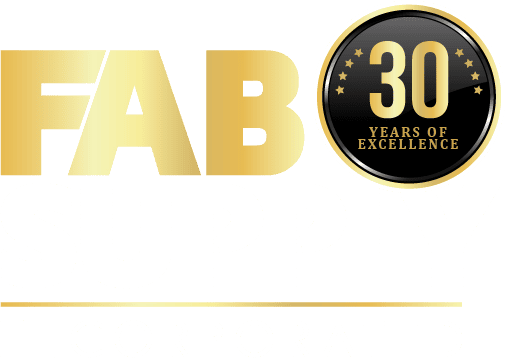Press Brake Tooling Maintenance: How to Extend the Life of Your Tools
Leave a CommentPress brake tooling maintenance is an integral part of protecting your investment and extending the life of your tooling. It’s also easy to integrate press brake tooling maintenance into your operations, especially when you realize what’s at stake. The right press brake tooling is a significant investment and a key productivity booster, and one that should be protected to prevent premature replacement.
Worn out tooling can also compromise bending accuracy and incur additional wear and tear on your press brake. There are four common causes of premature damage and wear and tear to press brake tooling:
- Repeated handling of press brake tooling without gloves
- Metal flakes and residue left on press brake tools after bending
- Improper tool storage
- Improperly maintained press brake or improper tool loading
Fortunately, there are ways you can extend the life of your press brake tools and protect your investment. Let’s discuss press brake storage, proper press brake tooling handling, and best use press brake cleaning and lubricating practices.
Press Brake Storage
The right press brake storage cabinet protects tooling and maximizes productivity. While a wooden cabinet might seem like the cheapest choice, press brake tooling should not be stored around wood because it is a porous material. The moisture in the wood can cause corrosion (as can high humidity in a shop). Instead, press brake tools should be stored in cabinet drawers securely with metal or semi-solid material attachments. (To ensure a snug fit, many press brake tooling cabinets are made specifically for tooling from top manufacturers, like Wila and Trumpf Press Brake Tooling Cabinets, or types of tooling, like American Style Press Brake Tooling Cabinets.) Tools should never be stored loosely in a drawer to prevent them from banging into each other and damaging tools.
Ideally, press brake tooling should also be stored near the press brake to save time. If the tooling is used at more than one machine, a mobile press brake tooling cabinet is an easy way to move the tools between machines. For this purpose, there are cabinets made with wheels for the press brake operator to move or with a base that can be moved around with a forklift. The latter option is a good option for shops with uneven flooring that can rattle tooling or when the tooling is too heavy for easy movement.
Cleaning and Lubricating
In addition to inadequate storage, the oil from operator hands can damage press brake tooling. For this reason, operators should always wear gloves when handling press brake tooling. Operators should also make sure that press brake tooling is loaded securely during bending.
When a bending project is complete, the operator should wear gloves to remove tooling and wipe down tooling with a cleaner or isopropyl alcohol. This simple step removes oil left by hands and any resin, residue, or metal particles left on the tool during bending. Mild steel cut with an oxygen assist gas and aluminum, for example, are two materials known to leave flakes behind after bending. If left on tools, these flakes can wear down and damage tooling. If needed, an abrasive pad can also remove flakes or coatings left behind.
Once cleaned, press brake tools should be lightly rubbed down with a lubricant before being placed in the tool cabinet. Operators should also use gloves when removing the tools to avoid dropping the lubricated tooling.
Conclusion
Press brake tooling is a valuable commodity that can be maintained for optimal performance and max productivity. Operators can even extend the life of their tooling with a few simple steps and a solid storage system.

